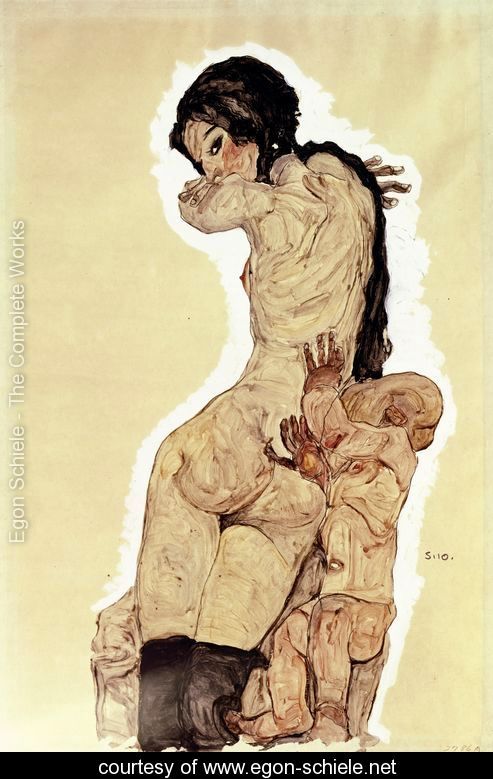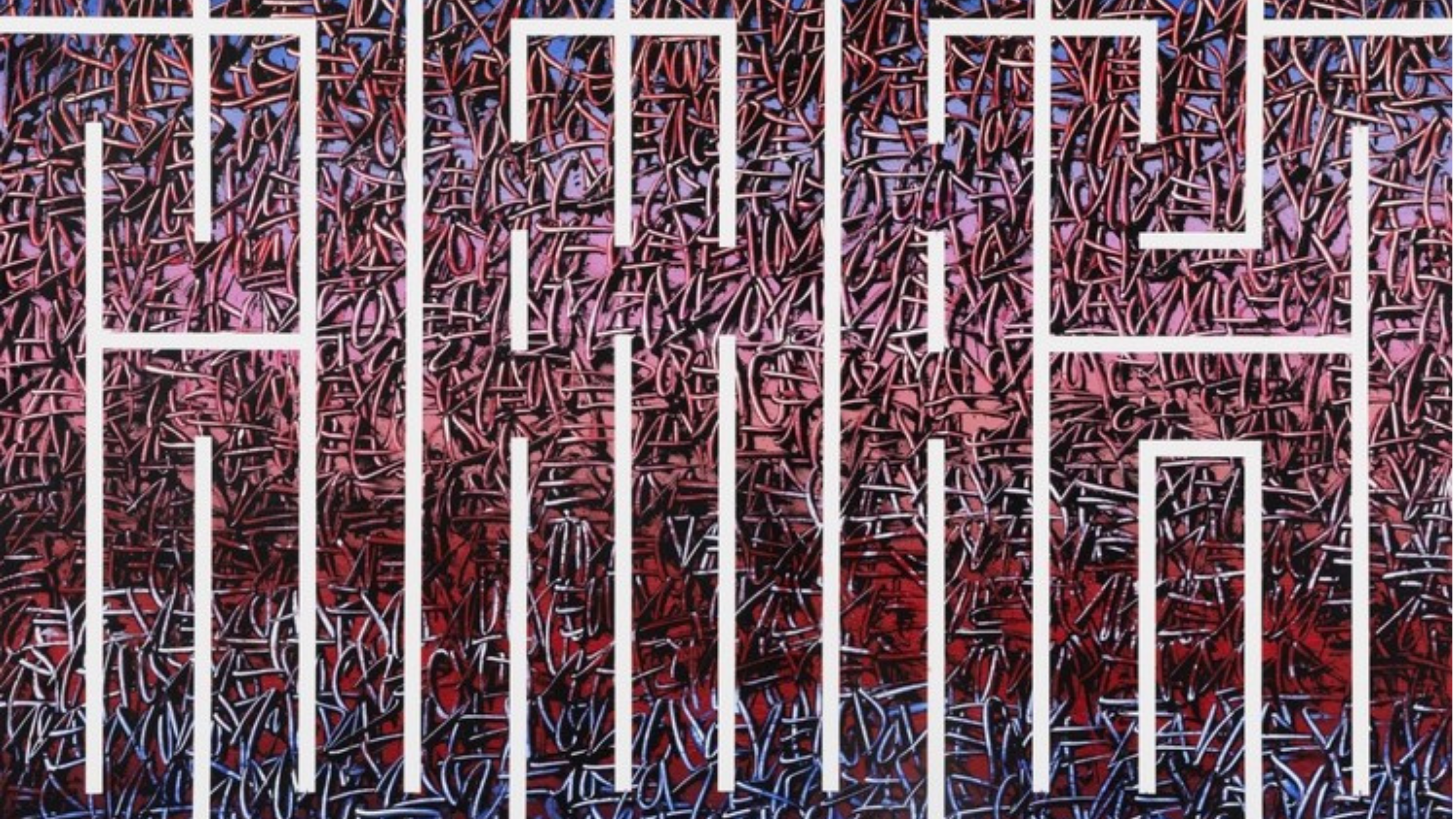
Egon Schiele: The Radical Nude at the Courtauld Gallery
For the first time in 25 years, an exhibition of the work of Egon Schiele takes place in London, at the Courtauld gallery. Curated by Barnaby Wright, the top floor gallery displays 38 works on paper, spanning less than 10 years, from 1909 to the artist’s death in 1918. For such a short-lived career, the artist’s oeuvre is quite remarkable.
Schiele’s style, albeit highly idiosyncratic, is characteristic of the Viennese Expressionist era. Angst-ridden and dissatisfied with the existing order of things, the artist felt compelled to release his true creativity. The potency of his work was highlighted by the Viennese climate from which it emerged, one of unabashed decadence. The gloriously Romantic symphonies by Mahler, and the opulence of the Jugendstil aesthetic expressed the zeitgeist of ostentation, which in turn signified concealment. It was an atmosphere of glorious apocalypse, a declamation of the Austro-Hungarian empire’s loss of territory and importance/significance.
The Symbolists lead by Gustav Klimt, were the first to reveal the angst simmering beneath. Klimt’s beautiful decorative expressions are both a literal and symbolic veneer for his depictions of distorted bodies, in turn symbolic of a tormented soul. Schiele refused to partake in this culture of concealment, instead utilising the human body as a site for the direct exploration of raw feeling. The collection of drawings on display at the Courtauld reveal the range of emotion the artist expressed through his work, from hedonism to suffering. Created in the era of Freud, Schiele’s work can be seen as a metaphor for the psychoanalyst method of the talking cure where drawing is synonymous with speaking, revealing and releasing hopes and fears lodged in the unconscious.
The broad spectrum of emotion depicted is expressed by Schiele’s various presentation of women. The different articulations of their bodies seems to convey a host of the artist’s attitudes, ranging from fear and distanced superiority, to admiration and desire for women. Indeed the artist’s relationships with women reflected these hopes and fears. He married Edith Harms, a respectable woman with whom he established a marriage based solely on friendship, continued an intimate relationship with Wally Neuzil despite attempting to end it before his marriage, and had an unusual relationship with his sister Gertrude.
The exhibition includes several chalk and watercolour drawings of Gerti in sexually titillating and provocative poses. Seated nude 1910 depicts the young Gerti with an air of insouciance, casually arranging her hair, while her slim yet curvaceous body sat upright suggests an invitation to consider her sexually. Any semblance of passivity is displaced in The scornful woman 1910 in which the artist represented Gerti’s bare torso, her crossed arms and scowling face denoting aggression and conviction of character. These characterisations of the artist’s sister invite questioning on the nature of their relationship, which at least hints at the incestuous.
Schiele’s address of the taboo runs throughout his oeuvre but has particularly been picked up on in relation to the startling youth of some of his sitters. Mother and Child 1910 depicts a young and lithe female nude (who reappears throughout the artist’s oeuvre), coquettishly peering over her shoulder as her long black hair falls gracefully down her back. Her close to newborn baby seems to cling dearly for life as he or she buries his face in the small of her back.
The artist’s taste for youthful beauty landed him in trouble however, when he was arrested in 1912 for suspected sexual harassment of underage girls. Despite this traumatic event (which he lamented extensively in his writings), he continued to depict very young women until his death. Nude girl with lowered head 1918 is a graceful illustration of a pre-pubescent girl, as Schiele highlights by a lack of pubic hair, resting her head framed by thick, auburn hair. Schiele captured her beauty with such fluency of draughtsmanship, his soft yet decisive chalk line capturing her form so gracefully.
What is so mesmerizing about Schiele’s nudes is the way his unique style, defined by angularity, unconventional beauty and social taboo both entices and repels the viewer. His aesthetic mirrors Freudian attitudes in which sex is intimately related to death, the connection between the pleasure principle and the death drive, Eros and Thanatos. Freud articulated this tension in relation to women, defining the ‘castration complex’ as experiencing the fear of being castrated, while caught by an irrepressible sexual desire. Woman with Black Stockings 1913 articulates this tension as a reclining woman lifts her skirt to reveal her sex, painted red like her nipples and lips.

Despite the potential to read this work through a Freudian lens, her provocative pose is also indicative of female empowerment. By highlighting female sexuality and expressing his deepest thoughts through female anatomy, I believe Schiele also reveals an ardent admiration for women. The final drawing of the exhibition depicts a similarly provocative woman staring flirtatiously and displaying her sex explicitly. This pose challenges, and dares the viewer to dispute female complexity and power.

About Artsper
Founded in 2013, Artsper is an online marketplace for contemporary art. Partnering with 1,800 professional art galleries around the world, it makes discovering and acquiring art accessible to all.
Learn more


















